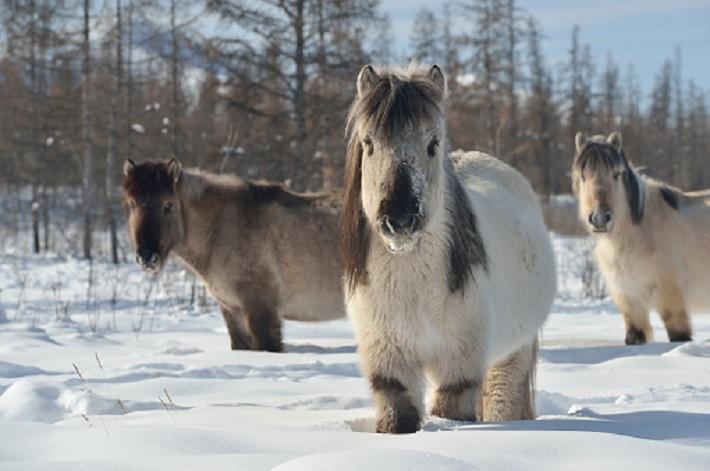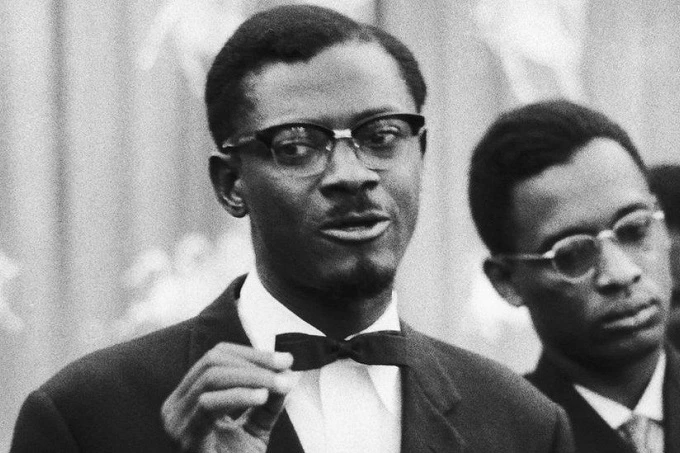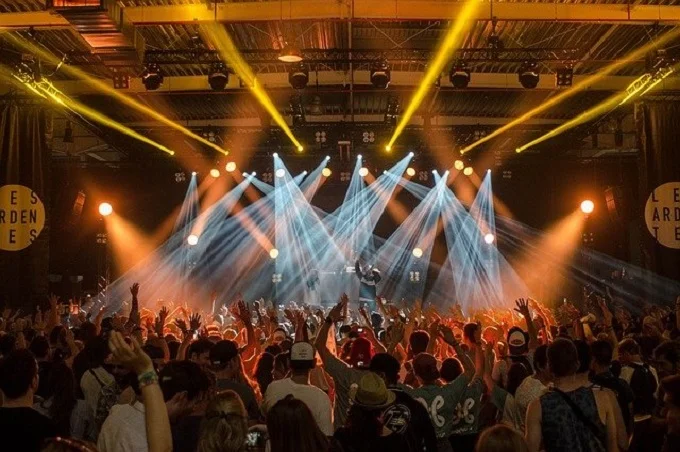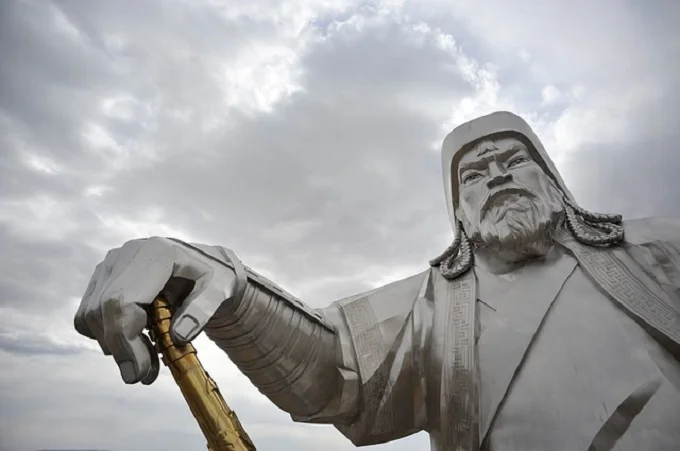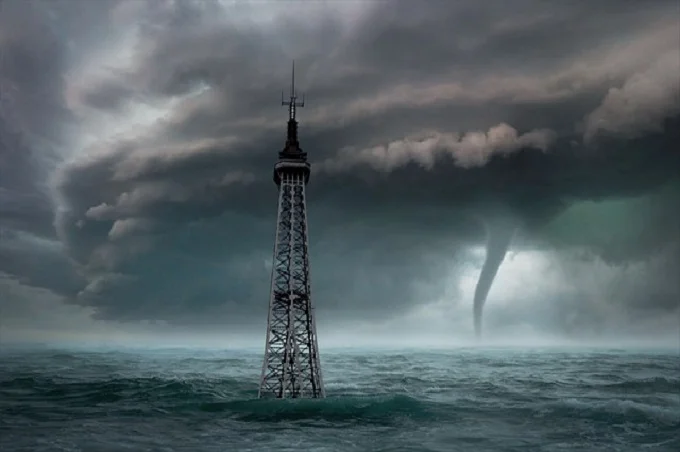Oymyakon, the coldest village in the world: mercury drops to -77°

It’s going to be cold with temperatures dropping to minus 15 degrees. But that is nothing compared to life in the Siberian village of Oymyakon, officially considered the coldest permanently inhabited place on Earth. Temperatures there once plummeted to a staggering 77 degrees below zero. Cars must continuously run to prevent the petrol from freezing, and digging a grave after death can take days.
Oymyakon is located in the northeast of Russia and, according to the most recent figures (from 2018), has around 500 people living there. It is a very harsh place, with an average temperature that does not rise above zero from October to April. In the coldest month – January – it reaches -46.4 degrees Celsius.
According to Guinness World Records, the lowest temperature ever recorded in Oymyakon is -67.7 degrees Celsius. That observation dates back to February 6, 1933. However, according to a monument in the town square, it was -71 degrees in January 1924, and meteorologist Christopher C. Burt – author of Extreme Weather: A Guide and Record Book – even speaks of an unofficial record temperature of – 77 degrees Celsius.
Valley
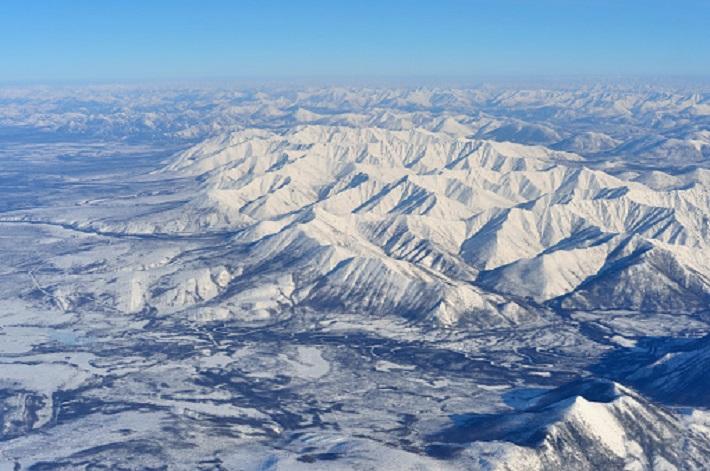
The reason it is so cold there is the location. Oymyakon lies very northerly, at 63° 27’ north latitude. By comparison, the Arctic Circle lies at 66° 33’ north latitude. The village is also located in a U-shaped valley, with the open side facing north. Cold air comes down the surrounding mountain slopes and gets stuck there. This does not make life any easier.
The village has its own heat plant that burns coal non-stop to heat water. This is then pumped through the village’s pipeline system to heat houses. Toilets are outside and consist of a hole in the ground with a plank above it, as drains would freeze instantly.

Cars have to run constantly when they are outside – even when refueling – otherwise, the gasoline would turn to ice very quickly, and the battery would die. That sometimes leads to dramas.
For example, The Siberian Times reports two men who died when their car broke down and had to go on foot to seek help. Phoning for help was not possible. After all, mobile phones do not work because of the extreme cold. In fact, it is so cold in Oymyakon that vodka freezes if the bottle is left outside.
Freeze wounds
Despite the cold, children have to go to school every day unless the temperature drops below -50 degrees. It’s so cold that your eyelashes and saliva can spontaneously freeze, and everyone is in danger of frostbite all the time. Those who have to work outside can do this in shifts of no more than 20 minutes.
What the inhabitants eat is also adapted to the climate. The soil is permanently frozen – even in summer, it thaws to no more than six inches – leaving virtually no crops to grow. Therefore, meals consist almost exclusively of meat and fish, which are often eaten in a soup but sometimes also raw and frozen.
Grave
Digging a grave is also not easy and can take days. First, a fire is built on thawing the soil, then it is dug until frozen soil is hit again. Then a fire is started again and dug, and so on until the grave is deep enough.
And as if the extreme cold wasn’t enough: due to the northern location of the village, it is dark for 21 hours a day in winter. Alcoholism is a real problem there.
Remarkable: despite the cold in the winter months, it can be quite pleasant in Oymyakon during the summer. For example, the average maximum temperature in July is 21.6 garden Celsius, with record temperatures already exceeding 30 degrees in June, July, and August. That is a difference of more than 100 degrees compared to the coldest record temperatures.
